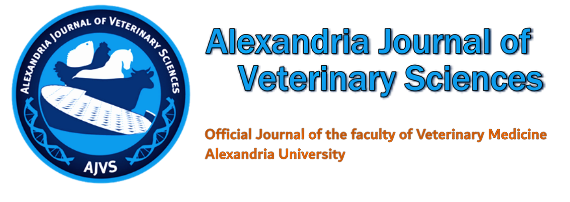
| Original Article | ||||||||||||||||||||||||||||||
AJVS. 2017; 52(1): 81-86 doi: 10.5455/ajvs.248866 Using Nonlinear Models to Describe Body Weight Growth Curves in Three Different Lines of Japanese Quail Fatma D.m. Abdallah.
| ||||||||||||||||||||||||||||||
| How to Cite this Article |
| Pubmed Style Fatma D.M. Abdallah. Using Nonlinear Models to Describe Body Weight Growth Curves in Three Different Lines of Japanese Quail. AJVS. 2017; 52(1): 81-86. doi:10.5455/ajvs.248866 Web Style Fatma D.M. Abdallah. Using Nonlinear Models to Describe Body Weight Growth Curves in Three Different Lines of Japanese Quail. https://www.alexjvs.com/?mno=248866 [Access: May 04, 2025]. doi:10.5455/ajvs.248866 AMA (American Medical Association) Style Fatma D.M. Abdallah. Using Nonlinear Models to Describe Body Weight Growth Curves in Three Different Lines of Japanese Quail. AJVS. 2017; 52(1): 81-86. doi:10.5455/ajvs.248866 Vancouver/ICMJE Style Fatma D.M. Abdallah. Using Nonlinear Models to Describe Body Weight Growth Curves in Three Different Lines of Japanese Quail. AJVS. (2017), [cited May 04, 2025]; 52(1): 81-86. doi:10.5455/ajvs.248866 Harvard Style Fatma D.M. Abdallah (2017) Using Nonlinear Models to Describe Body Weight Growth Curves in Three Different Lines of Japanese Quail. AJVS, 52 (1), 81-86. doi:10.5455/ajvs.248866 Turabian Style Fatma D.M. Abdallah. 2017. Using Nonlinear Models to Describe Body Weight Growth Curves in Three Different Lines of Japanese Quail. Alexandria Journal of Veterinary Sciences, 52 (1), 81-86. doi:10.5455/ajvs.248866 Chicago Style Fatma D.M. Abdallah. "Using Nonlinear Models to Describe Body Weight Growth Curves in Three Different Lines of Japanese Quail." Alexandria Journal of Veterinary Sciences 52 (2017), 81-86. doi:10.5455/ajvs.248866 MLA (The Modern Language Association) Style Fatma D.M. Abdallah. "Using Nonlinear Models to Describe Body Weight Growth Curves in Three Different Lines of Japanese Quail." Alexandria Journal of Veterinary Sciences 52.1 (2017), 81-86. Print. doi:10.5455/ajvs.248866 APA (American Psychological Association) Style Fatma D.M. Abdallah (2017) Using Nonlinear Models to Describe Body Weight Growth Curves in Three Different Lines of Japanese Quail. Alexandria Journal of Veterinary Sciences, 52 (1), 81-86. doi:10.5455/ajvs.248866 |








